Description
Achyranthes Aspera or Prickly Chaff-flower is an erect or prostrate, annual or perennial herb, often with a woody base, which grows as wasteland herb every where. The lants are generally 0.5 to 2 meters high. The purple-coloured angular stem is an easy identifier. The flowers have greenish-white undertones whereas the seeds have reddish-brown hues. Leaves are oblong-ovate to elliptic or obovate, 6 to 15 centimeters long, pointed at both ends, more or less hairy, though often nearly smooth. Spikes are rigid, elongated and 10 to 15 centimeters long. Flowers are green and about 5 millimeters in length. Sepals 4 or 5, filaments connate at the base, the stamens and staminodes square toothed or fimbricate, pale purplish. Buds point upwards but when the flowers open, they spread out from the sides.
Types of Apamarg
There are two types of Apamarg plants available:
- White Apamarg or Shweta whose botanical name is Achyranthes Aspera
- Red Apamarg or Rakta whose botanical name is Puppalia Lappace
Active Ingredients of Apamarg
The plants are reported to contain following major classes of compounds:
- Fatty acids
- A number of oleonic acid
- Bisdesmosidic
- Triterpenoid based saponins
- Ecdysterone
- N-hexacos-14- enoic
- Oleanolic acid
- Triacontanol
- Spinasterol
- Dihydroxy ketones
- Spathulenol
- Alkaloids
- D-glucuronic
- Betaine
- Achyranthine and various
- Amino acids
Classification of Apamarg
- Kingdom – Plantae
- Division – Mangoliophyta
- Class – Mangoliophsida
- Order – Caryophyllales
- Family – Amaranthaceae
- Genus – Achyranthes
Species – Aspera.
Habitat of Apamarg
Prickly chaff flower and Rough Chaf Tree are found in the tropical region of Asia, Australia and Africa.
Practical Uses Of Achyranthes Aspera
- Ear pain, Infection in ear: Take fresh leaves of Apamarg and wash to remove dirt. Grind and extract its juice. Put few drops in ear to cure infection of ear.
- Eye problem, redness in eye: Take fresh root of Apamarg and clean it carefully to remove dirt and soil. Grind it with rose water and apply in eyes to cure eye infection.
- Migraine: Grind ripe seed of Apamarga to make powder. Smell this powder while suffering from migraine.
- Back ache: Take Apamarga leaves and rub in the affected areas on the back.
Mouth ulcer: Chew few clean, fresh leaves of Apamarg. - Boils, wounds, eczema: Extract the Apamarga juice and rub it on the affected areas.
- Wound: Extract juice leaves and use them to wash wounds and heal quickly.
- Bleeding piles: Take fresh Apamarg leaves and wash them to remove dirt. Grind with water and make pasta. Mix the oil in this paste and apply this in the affected areas.
- Enlargement of spleen: Prepare the powder of the whole plant. Take this powder (2 tablespoons) with milk with butter twice a day.
- Cold and cough: Boil Apamarga leaves in water and cook for 15 minutes. Strain and drink warm.
- Fever: Take juice of apamarga leaves (1 tablespoon) with gur.
Effect on Doshas
Pacifies Vata and Kapha.
Ayurvedic Properties of Achyranthes Aspera
| Hindi | Sanskrit | English | |
| Rasa | Kashaya | Taste | Pungent, Bitter |
| Veerya | Sheet | Potency | Heating |
| Vipaka | Katu | post digestive effects | Pungent |
Side Effects of Achyranthes Aspera
- In high dose, it may cause vomiting.
- It is not suitable for use in pregnant ladies. Can be used in lactating mothers and in children in lower doses for limited period of time.
- For men, undergoing infertility treatment, it is better to avoid long term usage of Apamarga.


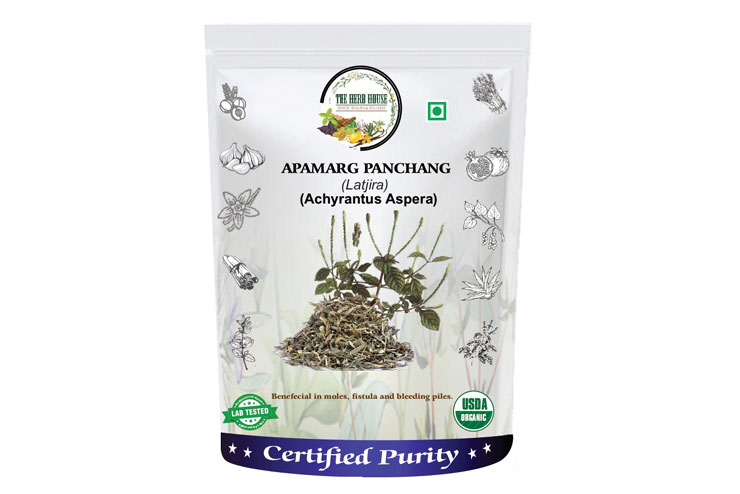
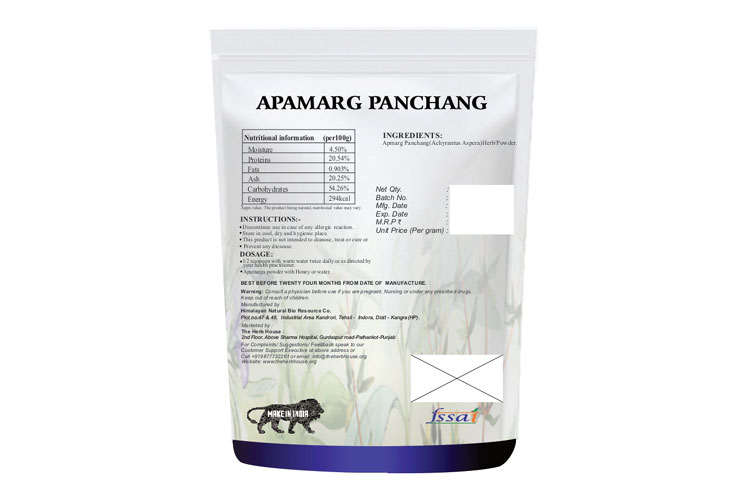
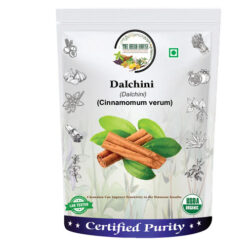
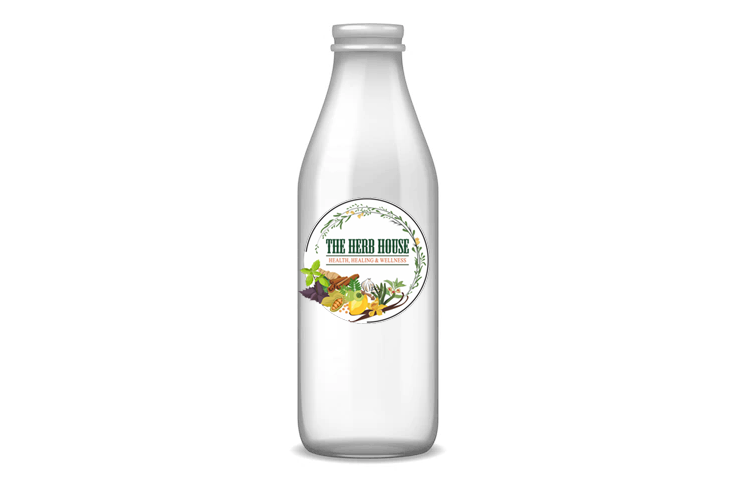
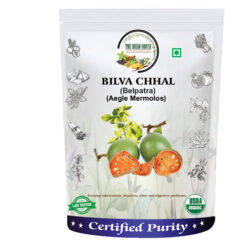
Reviews
There are no reviews yet.